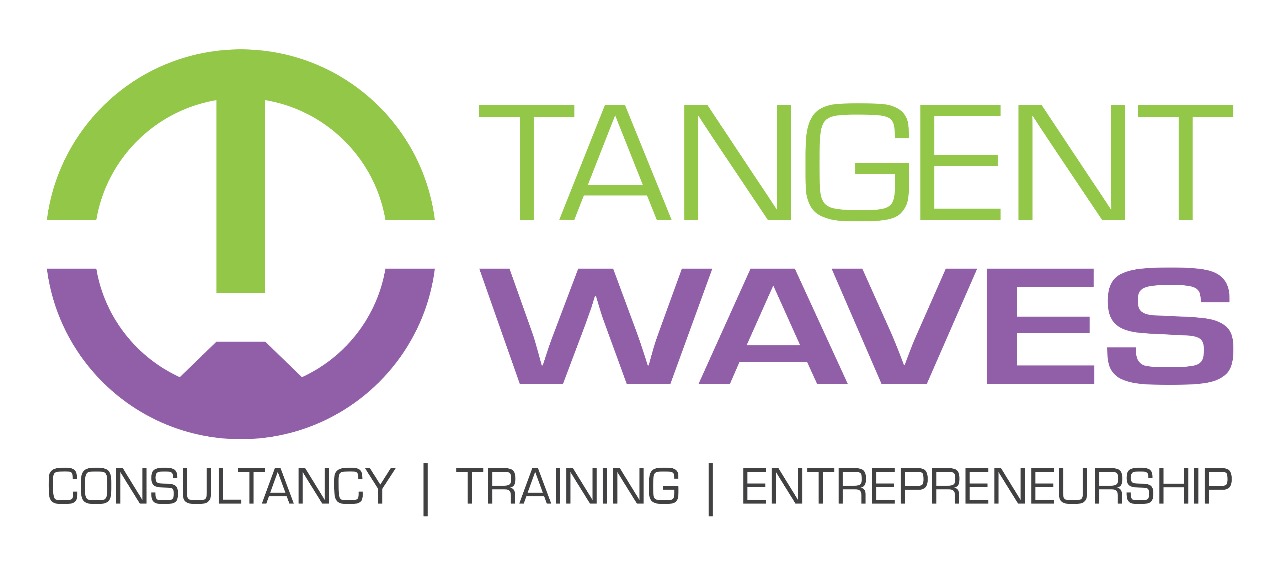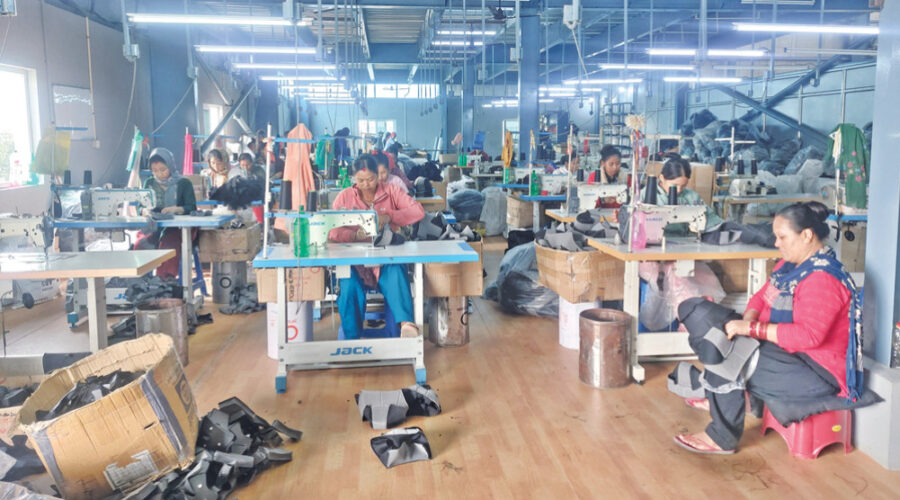Highlights
- Suman has been running the industry since 2068 BS, he knew that his products had occupied the market all over Nepal, Suman understood the demand for helmets in the market, so he decided to make Nepali helmets.
Lumbini: Around 40 years ago, Ram Prasad Basyal of Butwal-9, Deepnagar of Rupandehi used to train local youth to speak on radio. For this, he had opened a training center at the highway intersection of Butwal. He also came to learn from Kathmandu.
Teaching the art of speaking, he had planned to pursue it as a ‘career’. But he kept it on hold. Suddenly, the thought of running a metal industry came to his mind. And opened, ‘Kohinoor Metal Industry.’ He has been established in Rupandehi through this industry.
Basyal started producing air coolers and washing machines with the bank’s loan in 2044 BS. The industry flourished. At that time, there was a wave of motorcycle buyers. But the legguard of the motorcycle was imported from India. Basyal saw the demand for legguards and started producing the same. More business grew. Basyal claims that he has produced legguards for the first time in the country. The market of legguards produced in his industry located in ramnagar-based industrial area of Butwal is expanded across the country.
At that time, the problem of ‘lobbying’ in government agencies to establish himself in the market and keeping it in the Indian legguard became easier to establish in the market after it was not produced here. Basyal is survived by a son and a daughter. After completing his graduation from Kathmandu, his son Suman returned to manage the industry founded by his father.
At first, Suman’s thinking was to go awry. He also made up his mind after his friends followed the path abroad. Suman said that he was thinking of going to Australia or America. He had already prepared documents for that. When he came home, he used to come to the industry. When he started looking at the business, his mind changed. My father became interested in business. As the management of the industry had to be handled, the family members started to stay in the country. He accepted the advice of his parents and relatives.
Suman has been running the industry since 2068 BS. He was aware that his products had a market all over Nepal. Suman understood that there was a demand for helmets in the market. So he decided to make a Nepali helmet.
“I also got a suggestion that helmets coming from India and China could have been replaced if they could be made here,” he said. So I thought of producing a helmet. According to Suman, the production of helmets started in 2070. For this, kohinoor plastic industry was established. Helmets became the main product of the industry. “Kohinoor is the first full-production helmet in Nepal,” Suman said.
His father, Ram Prasad, started his industrial journey from Butwal-8, Sukhanagar. After that, he set up an industry in Butwal Industrial Area. At present, a new industry has come into operation at Tilottama-17 Gangolia with an investment of Rs 700 million. His industry is spread over an area of two bighas.
Not only Suman, but sister Seema and father are also equally involved in the industry. The industry produces all the materials required to make helmets. Suman said that after fitting the helmet, it is packaged and sent to the market. He said that the raw materials required to make helmets have to be brought from third countries.
To make a helmet, ABS plastic grains are first melted and ‘injected’. These grains are kept in the machine for melting through needles. The molten grain goes into the key and takes shape. After that, screws and other parts come out. The size of the helmet made in the key is sent to the paint section. After painting it smoothly, the sticker will be pasted, then a ‘clear outer coat’ is applied from the outside. And sent to the fitting section. There, the thermocol is fitted by placing the shape of a helmet outside.
There is also a testing lab in the industry. After confirming the quality of the helmet in the lab, it is also given a batch and the final output is extracted by refining it further. According to Suman, KPI helmets are sold with the tag of ‘Made in Nepal, Proudly Nepali’.
Kohinoor Helmet is nepal’s first fully domestically produced helmet. But due to the country’s policy, the product has not been able to achieve the Nepal standard mark. However, for the first time in Nepal, isi has been received from the Kohinoor Bureau of Indian Standards (BIS) and iso certified product has also been made. There are 15 different plants in which helmets are produced in 11 models. The model of which starts from KH1 to KH11.
Basyal said kohinoor is moving ahead by producing helmets in a new model every year. Every model of Kohinoor has a picture of Shiva written on his helmet with Om Namah Shivaya written on it. “Some mention the road of Mustang and muktinath temple,” suman said, “Which is called off-road helmet. ’
A helmet has a picture of a religious place with nepal’s national goods. It has also made it easier to sell helmets in the market and increase identity. “There is a fear of being outdated if the product is not updated,” Suman said, “It will be easier to move forward by planning to add something to the new model.” He said the demand for Kohinoor helmets bearing Nepal’s flag has increased tremendously during the blockade in the country. After that, every helmet has the logo of the Nepali flag, he said.
He said that the government should pay attention to promote the production within the country as Nepali products are competing with helmets made in India and China. “The quality department should not even come to see the documents with all the proofs and provide Nepal’s standards,” he said, adding, “The time has not come to get the quality mark even after telling all the issues to the manager who changes every six months from the beginning.” ’
Suman said that the concerned authorities have not accepted the request to separate whether all the tests can be given or not while conducting all the tests as the lab is also available.
“If the helmets produced with the same hard work and safety concern could be sold across Nepal and even outside, it would have proved that the country is self-reliant in helmets,” he said, adding, “Our country consumes 3,000 to 3,200 helmets daily, our full-phase production is 5,000 capacity, if we get the market, nepali helmets are ready to go abroad.” ’
Kohinoor currently produces 1,000 helmets from 3,000 a day. Suman said that the market has been reduced due to the wave of youth who are considered to be helmet users. Earlier, there were up to 300 employees in the industry, which currently employs 150 employees directly. He said that although post-Covid and foreign trends have reduced people’s employment and production, they are in the process of selling in India.
“If the government had increased the price of helmets instead of raw materials coming from outside, only Nepali helmets would have been used all over Nepal. He says that there is a problem when raw materials are expensive. Japanese technology equipment is attached to the industry. Similarly, the same die costs 10 million.
Suman Rupandehi is also the secretary of the Industry Association. He believes in work. He is proud of the work he is doing in Nepal as he does not want to get soaked in the outside environment. He says, “If I had gone abroad, my parents would have worried, kohinoor helmets would not have come, I have a product, I have identity and this will also work for the progeny.” ’
Suman said that his father has taught him, so it will be an easy way for his children to step into this industry. Helmets costing between Rs 1,200 and Rs 4,000 are available in all colours, while employees working in industries earn rs 17,300 to Rs 75,000.
He has provided housing facilities to some workers. Suman said that in the initial days, they brought skilled manpower from India by paying up to Rs 100,000 and trained them and called other experts and taught the employees about the finishing of helmets. “If there were other industries in Nepal, the employees would have been changed, it would have been learned like this,” he said.
Souce: ekantipur


